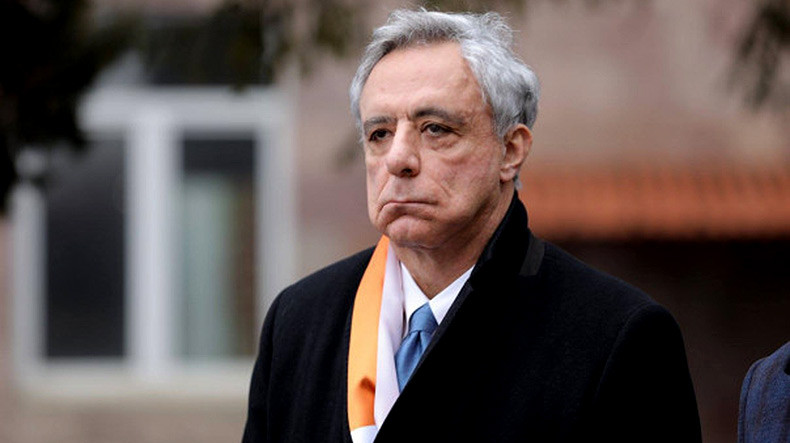An Unflattering Charter: The Pashinyan Government Under Scrutiny

Former Foreign Minister of Armenia, published an article entitled “An Unflattering Charter: The Pashinyan Government Under Scrutiny”.
The signing of the Strategic Partnership Charter between the Republic of Armenia and the United States on January 14 might initially seem like a significant milestone. However, this document is less a celebration of bilateral progress and more an indictment of the Pashinyan government’s shortcomings.
The timing of the Charter is particularly questionable. Coming at the tail end of the Biden administration, it appears rushed and largely symbolic, lacking the weight of a genuine commitment to addressing Armenia’s challenges. Rather than presenting a robust blueprint for future cooperation, the Charter reads as a somber appraisal of Armenia’s security and sovereignty issues, as well as a sharp critique of its democracy and governance.
The Charter’s emphasis on Armenia’s sovereignty and territorial integrity starkly underscores the existential threats the country faces, especially in light of recent Azerbaijani aggression. While it acknowledges U.S. support for Armenia’s territorial integrity, the document provides no new commitments or guarantees to strengthen Armenia’s security. This omission is glaring against the backdrop of ongoing border disputes, corridor tensions, and the mass displacement from Nagorno-Karabakh in 2023. The absence of concrete measures to counterbalance Azerbaijan’s actions leaves one questioning whether the U.S. is merely offering empty assurances rather than substantive support.
The United States’ call for unblocking regional transport links and normalizing relations with neighbors is another problematic element. These aspirations are not new; their inclusion here feels like a rehash of old talking points, bereft of innovative solutions. This raises the uncomfortable question of whether the U.S. truly grasps the complexities of Armenia’s geopolitical position or is content to repeat well-worn platitudes.
The Charter’s extensive focus on democratic reforms, anti-corruption measures, and judicial independence is less a roadmap for progress and more a reflection of Armenia’s entrenched governance issues. That such topics dominate a bilateral agreement underscores the Pashinyan government’s inability to address them effectively. The language—polished with diplomatic niceties—implicitly highlights systemic corruption, a weak rule of law, and faltering democratic institutions. Key areas like judicial impartiality, media freedom, and civil society development receive significant attention in the document. These have been persistent weak points under Pashinyan’s leadership, with critics accusing his administration of consolidating power and suppressing dissent.
For Armenia’s regional allies, this Charter is likely to provoke unease. Its emphasis on U.S. partnership, coupled with hints of integration into Euro-Atlantic institutions, risks alienating key allies such as Russia. Such language could be interpreted as a pivot away from traditional partnerships, exacerbating tensions in an already fragile geopolitical landscape. The Charter’s focus on energy diversification and integration into European markets is another contentious point. While these goals align with U.S. interests, they disregard the practical challenges Armenia faces due to its dependence on Russian energy and its precarious position in a region dominated by larger powers.
Perhaps the most troubling aspect of the Charter is the question of implementation. The document is a litany of good intentions but offers few concrete mechanisms for accountability or support. The United States has long included similar language in agreements with Armenia, yet tangible progress remains elusive. Without robust measures to ensure follow-through, this Charter risks becoming another symbol of unfulfilled promises.
The Strategic Partnership Charter is far from the diplomatic triumph the Pashinyan government might wish to portray. Instead, it serves as a stark assessment of Armenia’s vulnerabilities, governance failures, and regional challenges. For a government that has presided over significant territorial losses, democratic backsliding, and widespread public discontent, the Charter reflects how the world—particularly the United States—views Armenia: as a nation in desperate need of robust security, meaningful democratic reform, and moral support, but with little confidence that these goals can be achieved under its current leadership.

Comments are closed.